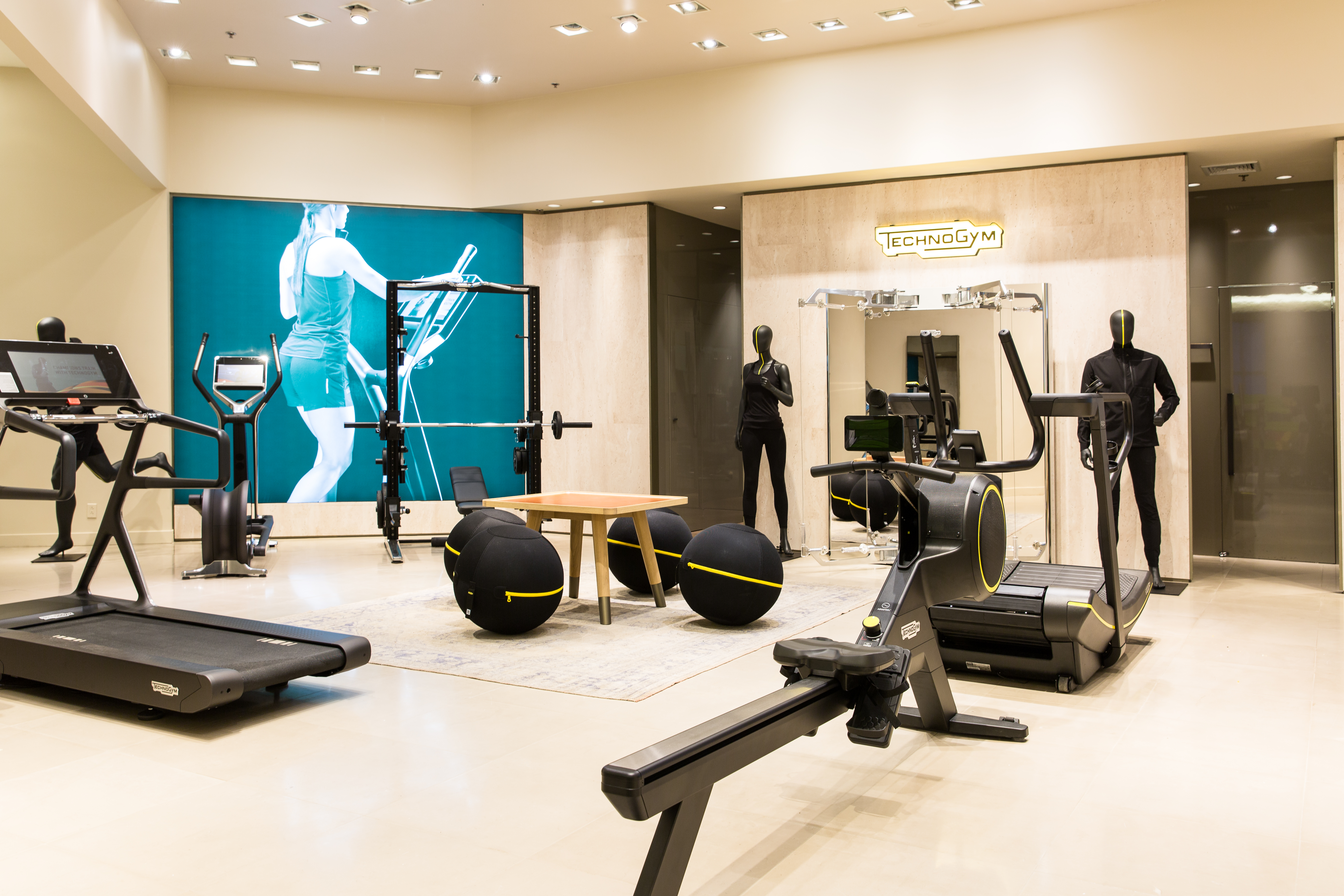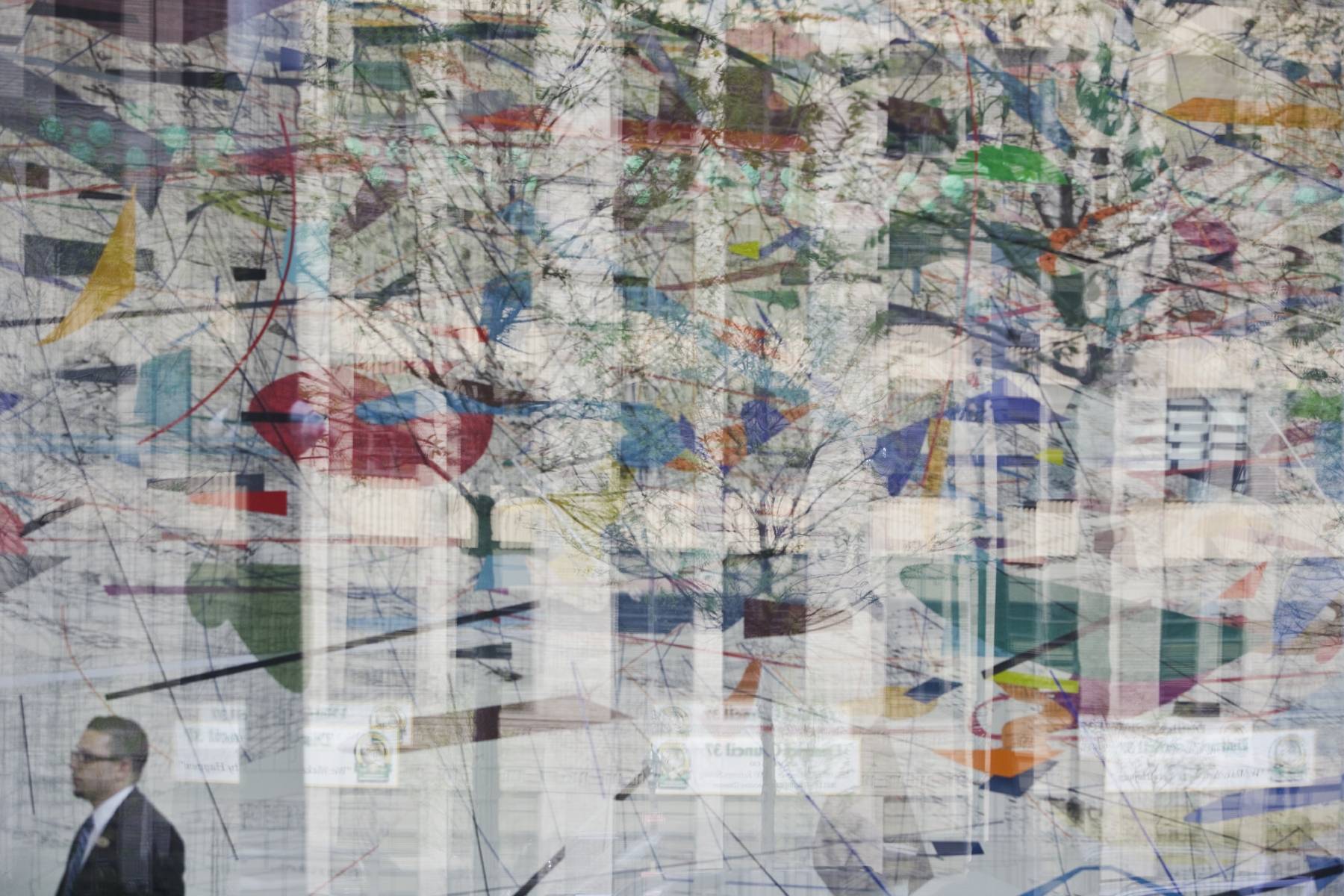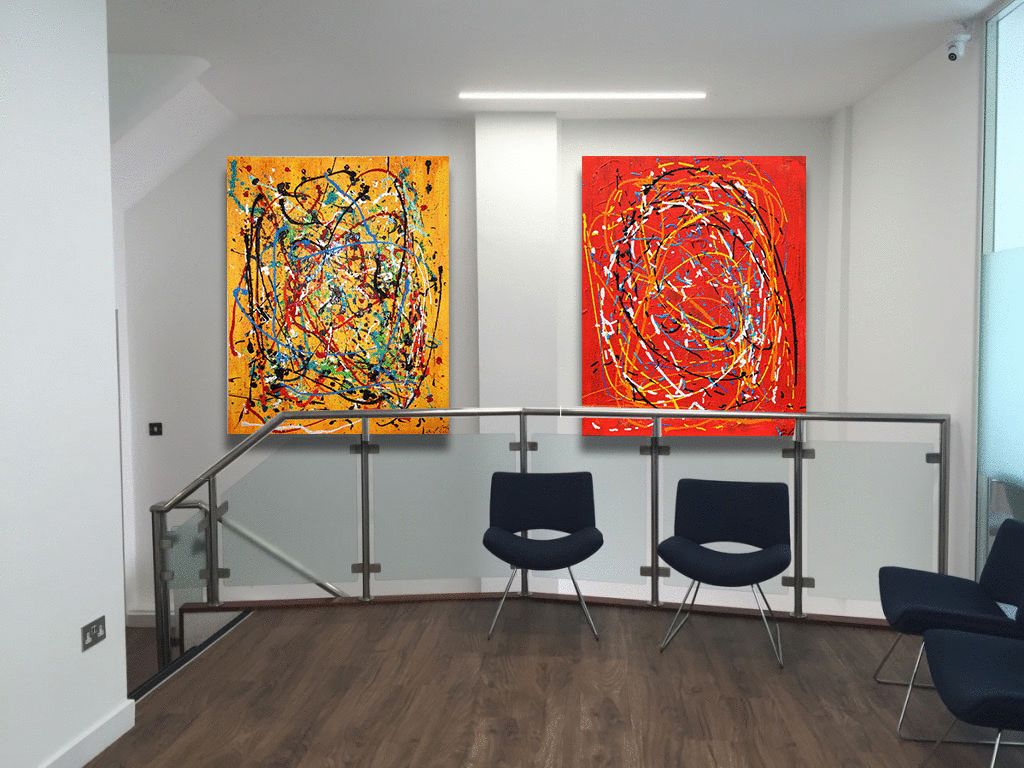The restaurant and drive-thru is planned across from Ikea.
The city issued a concurrency reservation certificate for the Culver’s restaurant planned at Gate Parkway and Point Meadows Drive, across from Ikea.
The 4,378-square-foot restaurant and drive-thru is planned on about 1.5 acres now owned by First Coast Energy L.L.P.
Kimley-Horn and Associates Inc. is the civil engineer.
GateLite3 LLC, led by Don and Lori Lichte and their daughter, Sophie, is the developer and intends to buy the site.
As dLites3 LLC, they opened the first area Culver’s in July 2019 in Middleburg.
Don Lichte said in September they are in due diligence for the Gate Parkway site. Pending permitting, he said they hope to open by early summer 2021.
Sophie Lichte is the owner-operator of the Middleburg restaurant, which is in Clay County, and will be the same for the Gate Parkway store.
“We really like that area and the demographics,” Don Lichte he said. “We wanted to build east of the river closer to the beach.”
Their goal is to build three area Culver’s restaurants in five years, “and we’ll see after that.”
The Lichtes worked with real estate broker Clint Murphy, president of Jacksonville-based Murphy Land and Retail Services Inc., which represents Culver’s in its area site search.
Culver’s is based in Prairie du Sac, Wisconsin, near Madison. The Lichtes are based in Reedsburg, Wisconsin.
Culver’s specializes in frozen custard, cheese curds and ButterBurgers – named for their butter-toasted buns.
The company works with multiple franchisees to develop within areas.
Culver’s plans to open in Southwest Jacksonville at 7923 Parramore Road at southwest Collins Road and Interstate 295; in St. Johns County at 3433 U.S. 1 S. in St. Augustine and at 45 Fountains Way in the Fountains at St. Johns in Saint Johns; and in Nassau County in Yulee at 463731 Florida 200.
Murphy said his company is the preferred area broker for Culver’s Franchising System LLC and the corporate real estate department.
He said Sept. 4 that there are six operators working on Culver’s sites in Duval, Clay, Nassau and St. Johns counties.
Murphy said he is working on a site in Arlington.
Founded in 1984, Culver’s now counts more than 740 locations across the United States.


















